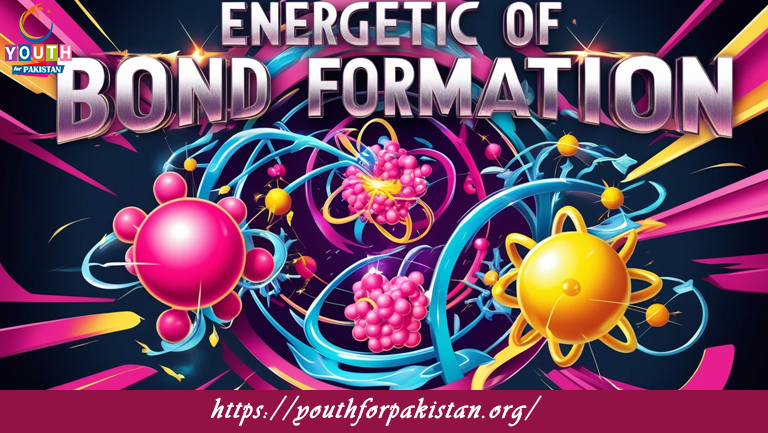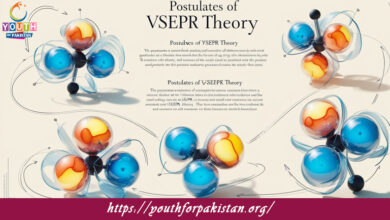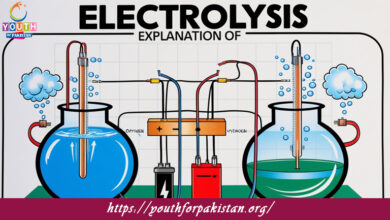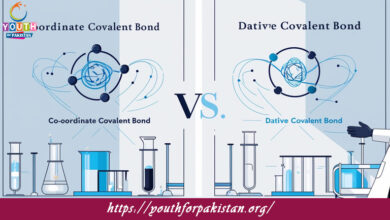Energetic Of Bond Formation MDCAT Quiz with Answers

Energetic Of Bond Formation MDCAT Quiz: Changes that take place when chemical bonds are formed or broken during a reaction. This topic helps to understand why some reactions are exothermic, meaning they release energy, and others are endothermic, meaning they absorb energy. A solid grasp of bond formation energetics is needed to answer questions in the MDCAT Quiz, where students have to analyze and predict the energy changes associated with various chemical processes.
H2: Energy Changes in Bond Formation
When atoms form bonds, energy is either released or absorbed depending on the type of bond and the nature of the atoms involved. The formation of a bond is usually an exothermic process; that is, energy is released as the atoms reach a more stable, lower-energy state. On the other hand, breaking a bond requires an input of energy and is thus an endothermic process. The energy required to break a bond is called bond dissociation energy. These energy changes are important for understanding the stability of molecules and the direction in which chemical reactions will proceed. The overall energy change in a chemical reaction depends on the comparison of bond energies of reactants and products.
H3: Quiz on Energetics of Bond Formation
The MDCAT Quiz on energetics of bond formation will require students to calculate and explain energy changes in chemical reactions. It emphasizes questions relating to bond dissociation energies, enthalpy change in the formation of a bond, and the interrelation between strength and stability of bonds. Similarly, students must learn about exothermic and endothermic reactions, Hess’s law, and how to use bond energies in calculating the enthalpy change of reactions. This way, the quiz helps reinforce concepts learned in class about bond energetics and strengthens the ability to solve associated problems on the MDCAT exam.
H3: Free Flashcard for Energetics of Bond Formation
To improve their knowledge of bond formation energetics, MDCAT students can refer to the Free Flashcard prepared on this very subject. The flashcards provide concise explanations of key concepts, including bond dissociation energy, exothermic and endothermic reactions, and the factors affecting bond strength. These flashcards are a great tool for quick review, helping students recall important information and apply it effectively in solving problems. With regular revision of the flashcards, students can solidify their understanding of bond energetics and be fully prepared for related questions in the MDCAT exam.

The heat of formation of a compound refers to the energy change when one mole of a compound is ________.

In a chemical reaction, energy is absorbed when bonds are ________ and released when bonds are ________.
Experience the real exam environment with our expertly designed collection of over 25,000 MCQs MDCAT Mock Tests.





